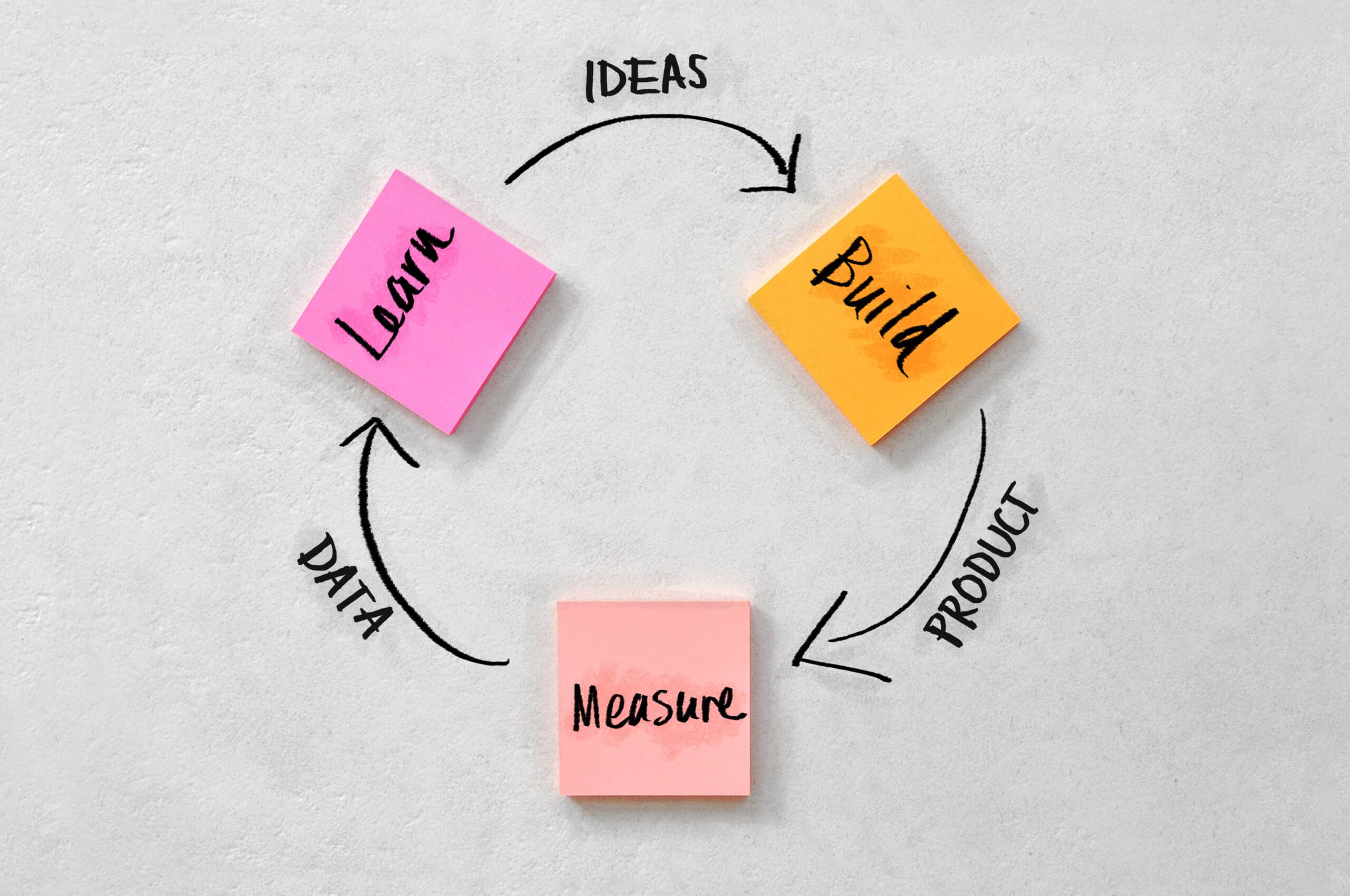If you have employees who are expecting to expand on their family (whether they are adopting or looking to become pregnant), the Federal Budget 2022-23 announced a change to paid parental leave that could impact you and your employees.
Single parents and fathers are now eligible for longer paid parental leave after the government proposed an ‘enhanced’ 20-week scheme from announcements made during the Federal Budget 2022.
Under existing arrangements, up to 18 weeks of paid parental leave can be taken by whoever is designated a baby’s primary carer – usually the mother – at the minimum wage, while a secondary carer is eligible to take two weeks. If the secondary carer does not use the two weeks, it is lost.
As a result of the recent announcements made in the Federal Budget 2022-23, the secondary carer’s leave will be merged with the 18 weeks of Paid Parental Leave to increase the government-funded scheme to 20 weeks of leave.
Single parents will see two additional weeks of paid parental leave added to what they normally would be entitled to, whereas two-parent households will be able to split the Paid Parental Leave as they would like. However, this leave must be taken within two years of the child’s birth or adoption.
The ‘use it or lose it’ incentive will not be implemented into the new scheme, but an emphasis may still be placed on the primary caregiver to take the bulk of the leave.
The enhanced scheme will also broaden the eligibility for paid parental leave to include a household income threshold of $350,000 per year.
This fully flexible leave aims to help working parents make caring decisions that suit their specific circumstances and encourage fathers to take up parental leave.
Presently, women who earn up to $151,350 can access paid leave, but women earning more than the threshold are not entitled to this scheme, even if their partner has lesser or no income.
The rate of paid parental leave has not increased either – it is simply that eligible parents will be able to access more of it. This may be a disincentive however to the higher income earner, as taking the paid time off may be less than what they would otherwise earn working.
Notably, though, the proposed scheme still does not include superannuation payments in parental paid leave. Paying super on paid parental leave would allow parents to continue building their retirement savings while taking time out of the paid workforce to care for children.
If all goes to plan, these changes to the paid parental leave scheme will take place no later than 1 March 2023.
Paid parental leave is a topic that can be tricky for employers. Having a discussion with a professional can be a way to alleviate concerns about what your employees are entitled to or the risks of failing to match standard employee obligations around the matter.













